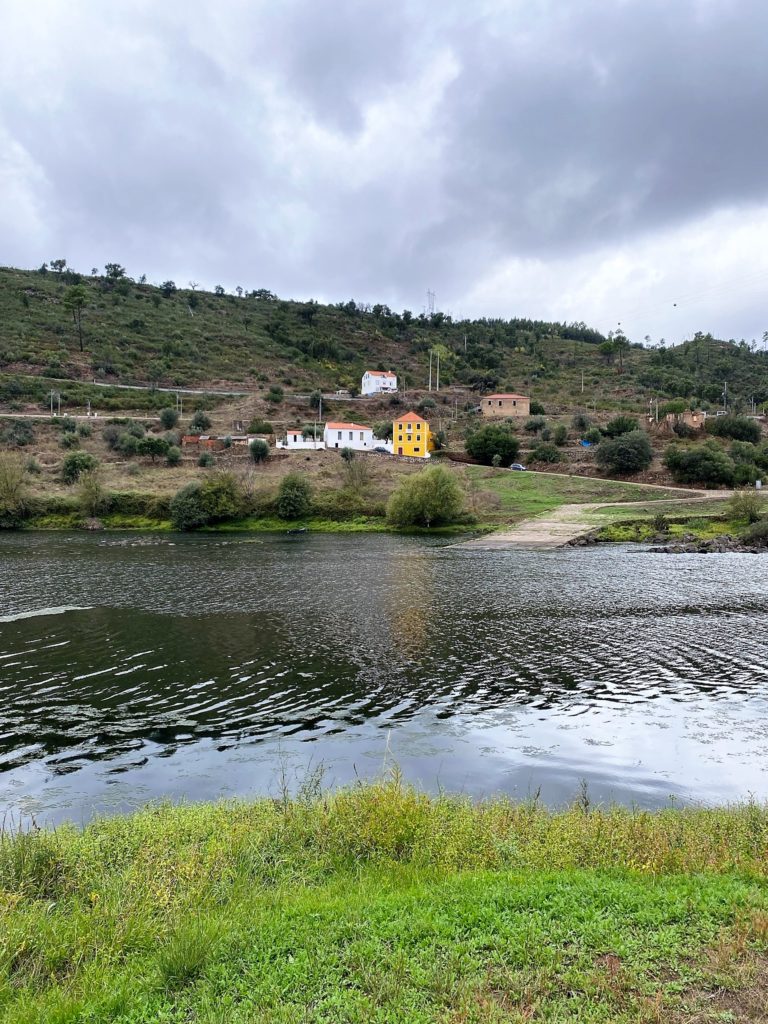Walking the Barca da Amieira Trail allows us, in addition to physical exercise, to experience memories and senses, which are perpetuated here with rigour and almost magically release with every step we take along the winding, bucolic path that follows the Tagus on its long, slow journey to the sea. This same Tagus that separates and unites the Alentejo and Beira and which witnessed the Herculean labour of the men who towed the boats along its banks, pulling a strong sisal rope, and left their marks here that will last for many generations: the Muros (Walls).
of Sirga. Let's stop for a moment and imagine hearing the sound of murmuring, of the uncontained groans of brute, manual force breaking a silence that is as merciless as it is complicit and painful.
There are no longer any batéis or bateiras, but if you're lucky you can still see some partridges and the wild boar and foxes that are their natural predators, which blend in with the undergrowth of rosemary and broom, with their unmistakable and unique scents. At every bend in the route, always with the Tagus as company, that flow of water that we dare say determines its existence, we are enveloped by a balanced, harmonious and sustainable relationship with nature, which gives us almost uncontrollable emotions.
It's a magical and sacred land! From the very beginning, from the initial conquests, this whole area played a decisive role in the defence of our territories, and legend has it that the body of Queen Saint Isabel, transported from the place of her death, Estremoz, to her grave in Coimbra, passed through the river port of Amieira in the middle of the 14th century. That's why no accidents ever happened here. And the ferry? There were even two of them crossing the Tagus and linking the north and south banks, transporting people and goods, generating wealth and a wealth of life stories to tell!
This stage of beauties, conjures, enchantments and daydreams, which in crescendo and for about 3.5 kilometres have been percolating through our memory and absorbing us throughout this dazzling walk, ends with the unexpected sight of a suspension bridge that wakes us up.
sublimates many of our thoughts. From now on, aesthetic contemplation will give way to another expression of pleasure: the sin of gluttony, which can be properly practised in the village of Arneiro, in front of a tasty fish soup with roe and fried fish. It's a feast of the Gods and, for this reason, it's also worthy of being washed down with a bacon nectar from our region.
Life is made up of nothing;
Of great mountains standing still
Waiting for movement;
Of undulating cornfields
By the wind;Of houses
Fallen and with signs
Of nests that once stood
On the eaves;
Dust;
Miguel Torga
To see this marvellous thing.
My Father raising a vine
Like a mum braiding her daughter's hair.
Virgílio da Luz Belo
Collaborator at the Franciscan Pantry, for the cultural area














